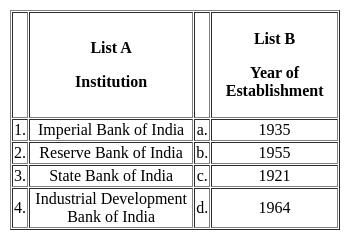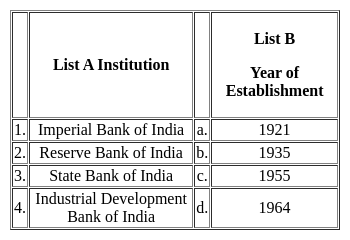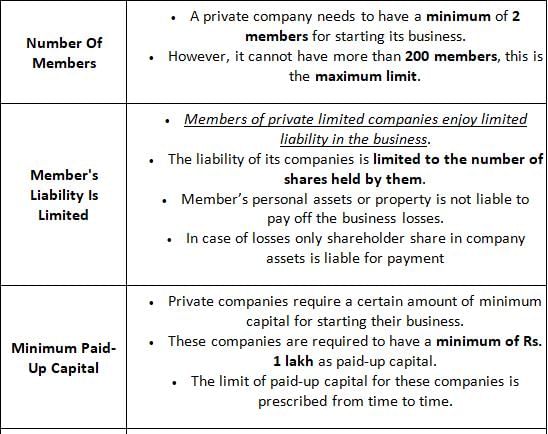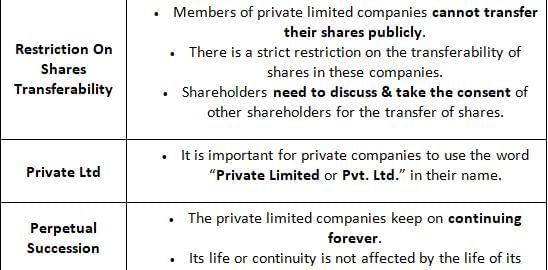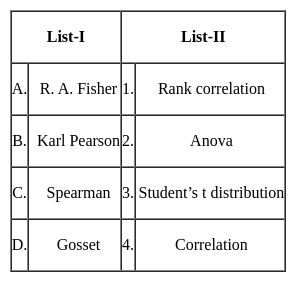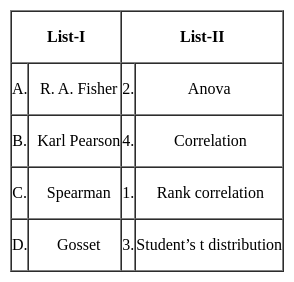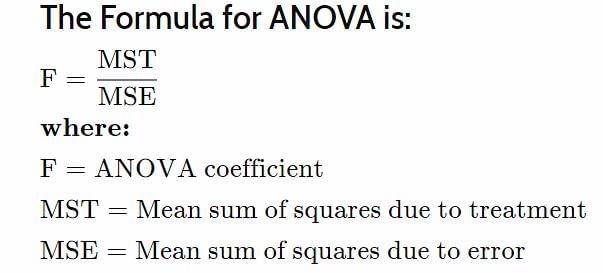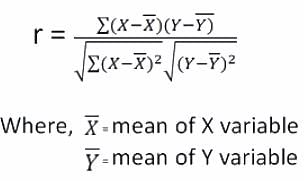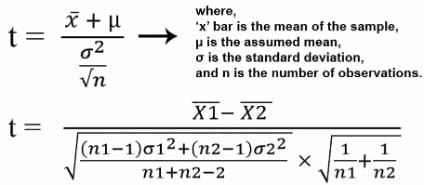APSET Paper 2 Mock Test - 2 (Commerce) - AP TET MCQ
30 Questions MCQ Test - APSET Paper 2 Mock Test - 2 (Commerce)
Which of the following is not an application of perception in organization?
Assertion (A): One finds always a difference of opinion between the Government and the RBI regarding interest rates.
Reasoning (R): While the main focus of the Government is on growth, the RBI always focuses on inflation.
GST does not include all the excise duty carrying goods. Find the non - GST commodities out of the following particulars.
i. High-speed diesel
ii. Aviation Turbine Fuel (ATF)
iii. Petroleum crude
iv. Motor spirit or petrol
Choose the right answer given below:
Which among the following is correct regarding the positive effects of demonetization as discussed in the passage?
I. The number of income tax returns filed post demonetization has increased since now a lot of people are going to filing of income tax returns
II. The cashless mode of transactions has become more popular post demonetization since now people are resorting to cashless modes of transactions
III. The RBI has become more proactive these days in order to prevent money laundering activities in the country.
If the scale parameter (r) is greater than one (r > 1) the CES production function exihibits:
Organizational conflict is the discord that arises when the goals, interests or values of different individuals or groups are incompatible and those individuals or groups block or thwart one another’s attempts to achieve their ______________.
Complete the statement with the correct option out of the following.
According to Walter, a firm should pay 100% dividend if -
Reason: Government regulations help maintain fair competition and protect consumer interests.
In the market value method, which of the following should be kept in mind while determining the normal rate of return for valuing shares?
Select the correct code of the following statements being correct or incorrect.
Statement (I) : The ‘law of one price’ states that in competitive markets free of transportation costs and barriers to trade, identical products sold in different countries must sell for the same price when their price is expressed in terms of the same currency.
Statement (II) : An ‘Efficient market’ has no impediments to the free flow of goods and services, such as trade barriers.
Which is not a characteristic of a non-government company?
Generally, the shape of the marginal physical product curve is _______________.
Consider the following real-life exam:
PersonX is free to record a TV program to view it later, but if he transfers or distributes it PersonY. This act of PersonX is an example of:
Which of the following is true with regard to the method of least squares used in simple regression analysis?
If a sample is taken at random from a population, it is likely to possess almost the same characteristics as those of the population.
Which one of the following laws states the above theme?
For calculating arithmetic mean for a grouped data set, assumptions are:
A. The class intervals must be closed.
B. The width of each class interval should be equal.
C. The mid-value of each class interval must represent the average of all values in that class.
D. All values of observations not be evenly distributed.
Choose the Most appropriate answer from the options given below:
As the period of the moving mean increases in the time series, then:
Which of the following formulae is used to calculate the standard error of the coefficient of correlation between 25 paired observations of a sample?
Assertion (A): Price skimming is the process of charging high prices for goods who have easily available substitutes.
Reason (R): Price skimming strategy is aimed to generate high profits in less time before the entry of other competitors.
Consider the following statements regarding financial leverage:
A. Financial leverage increases the company's fixed costs.
B. Financial leverage decreases the company's risk.
C. Financial leverage involves using debt to finance a portion of the company's assets.
D. Financial leverage has no impact on the company's profitability.
E. Investors use leverage to multiply their buying power in the market.
F. Misuse of leverage may have serious consequences, as there are some that believe it played a factor in the 2008 Global Financial Crisis.
Choose the correct answer from the options given below:
The purpose of accountability accounting is to collect and report information on _____.



